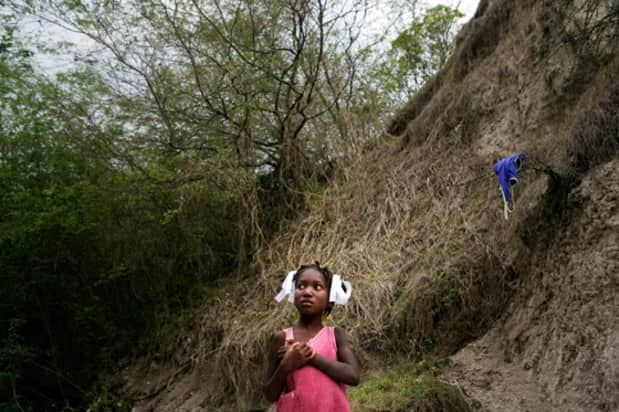Today is World AIDS Day, and to mark it we are showcasing Access to Life, a collaboration between Magnum Photos and the Global Fund—the organization that puts all of the money generated by (RED) to work on the ground in Africa and provides a quarter of all international financing for AIDS globally. For the project, eight photographers portrayed thirty people in nine countries around the world before and four months after they began antiretroviral treatment for AIDS. See more photos and read more from Jonas Bendiksen's Haiti section of the project after the jump.
Haiti and the Dominican Republic together account for three-quarters of HIV infections in the Caribbean. Although it is one of the poorest countries in the world, Haiti is making steady progress in providing antiretroviral therapy to people with AIDS. Transmission of HIV happens mainly through unprotected sex, and while condom use is becoming more accepted in cities, poor women in rural areas remain at high risk of being infected.
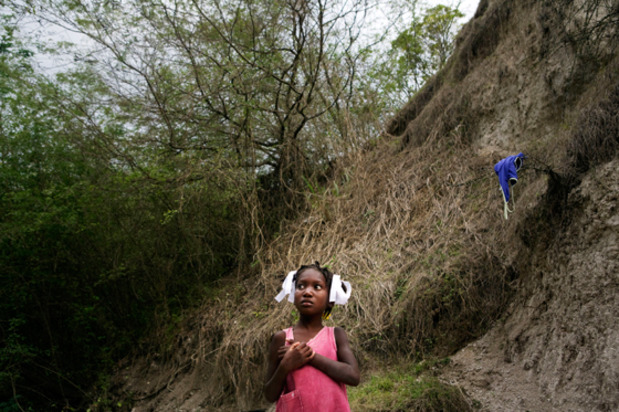
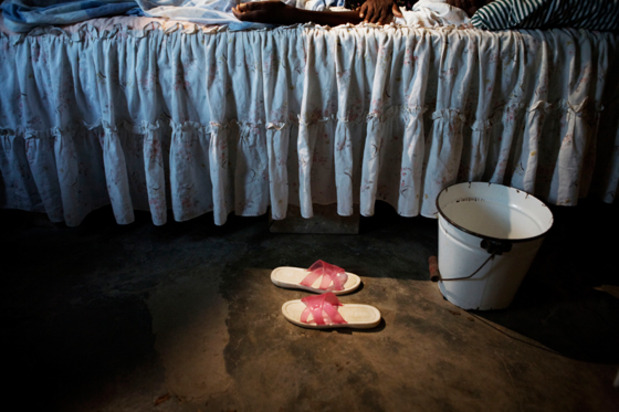 Plateau Central, Haiti, 2008. Marie-Thérèse Noël and her daughter Manuela. Above, Manuela just after Noël died of AIDS-related causes in January 2008, despite being on ARV treatments. Below, Noël receiving treatment before her death.
Plateau Central, Haiti, 2008. Marie-Thérèse Noël and her daughter Manuela. Above, Manuela just after Noël died of AIDS-related causes in January 2008, despite being on ARV treatments. Below, Noël receiving treatment before her death.
Of his work in Haiti, Jonas Bendiksen says:
A lot of the work I do is about trying to reduce global statistics to the level of an individual, instead of talking about “How many millions” do this or do that. This assignment was an opportunity to try to bridge the gap between us sitting here and what it feels like to be hanging by a thread in a little hut 45 minutes’ walk from a road in the middle of rural Haiti—no electricity, no running water, no paved roads, potholes two meters deep. People live where you have to walk several hours to get to the nearest village, let alone to proper facilities.It was surprising to me that there is successful treatment in Haiti at all. Yet there is a well-organized medical infrastructure that exists far away from any paved roads, using local communities as tentacles stretching out of a central node. People very often get into that system way too late, however – often because they go to different “houngans,” or voodoo priests, first, before they seek help at clinics.
On the first trip I thought, “We’re going to have five wonderful, positive stories of recovery and redemption.” Three days after I left, the first of those five patients died. A few weeks later, the second died. They were too far along the trajectory of the disease to make it.
I hope that by telling these stories and personalizing this experience, it will help other people get appropriate treatment – and get it in time. Antiretroviral medicines are they key to successful treatment, but they are still only one piece of the puzzle. I realized the importance of the community structure in these places as well – ensuring that people are eating, that they are housed, that they have something to live for. That’s as important as dropping a pill in your mouth.
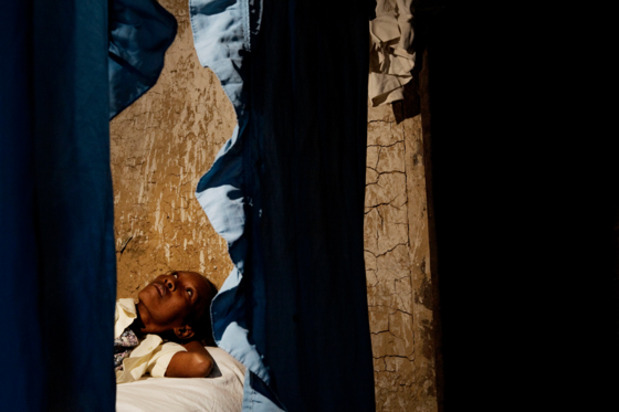
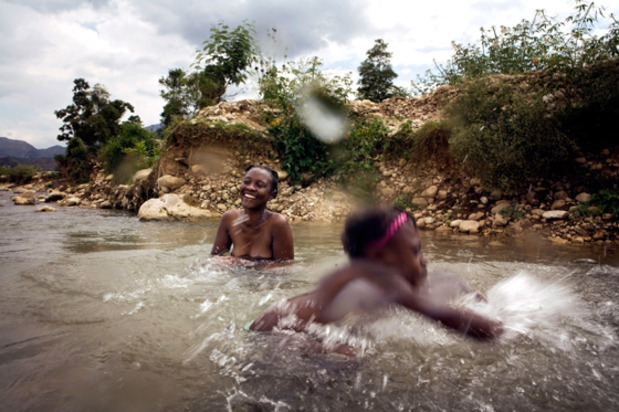 Plateau Central, Haiti, 2008. Marie-Sonie St. Louis, an AIDS-patient who has made substantial improvement after starting ARV treatments.
Plateau Central, Haiti, 2008. Marie-Sonie St. Louis, an AIDS-patient who has made substantial improvement after starting ARV treatments.
Case Study from Access to Life
Marie-Sonie St-Louis, 33
Child-care worker
“Hearing I was HIV-positive broke my heart,” says Marie-Sonie St-Louis. “I thought I was lost. I thought I was going to die.” In the months following her diagnosis in November 2007, she almost did die. Life closed in to one small room in her mother’s house. Almost an hour’s walk from the nearest road, the house, in a small mud-and-wattle compound in a poor area of Haiti’s Central Plateau, is reached by climbing hills and traversing a river. Because she was so weak, Marie-Sonie spent most of the day lying on a woven grass mat on the packed dirt floor, staring out the door. There was a bed in the room, but it was too high and hard to get in and out of. For most of the day, she was alone. Every morning, a community health counselor arrived just before 6 a.m. with the first round of her daily antiretroviral (ARV) therapy, reappearing in the early evening. In the late morning she tried to bathe. Sometimes she sat outside and watched her mother prune the citrus trees growing on the hill nearby.
Marie-Sonie’s immune system was so weak that at first the doctors were amazed that she stayed alive. After she began ARV treatment in November 2007, however, her system rebounded strongly, though her confidence took longer to bounce back. She was also troubled by how she had contracted HIV: “I wasn’t the kind of person who lived a fast and free life, so I really don’t understand how this happened.” Now, Marie-Sonie walks without a crane and has gone from listening to the life outside her confined room to being a part of it. She helps look after the house, work the fields, and sees her two children, one of whom, Ruebentz, seven, has returned to live with her after staying with an uncle in Port-au-Prince. “When I was sick, I talked slow and low. If I wanted to get up, somebody had to help me. It was like being in prison,” she says. “Now, I’m totally different. I can sit here and talk like a regular person.”
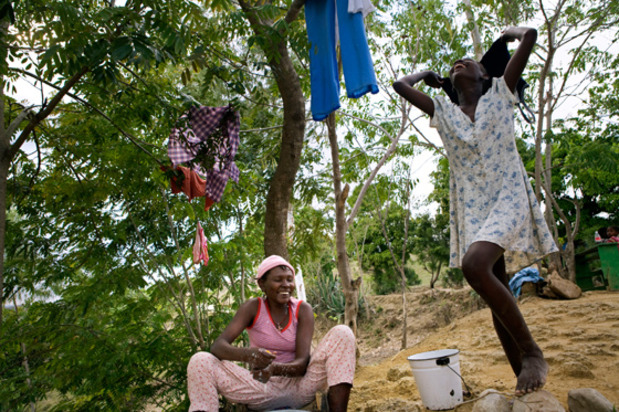 Plateau Central, Haiti, 2008. Autha Adolph, another AIDS patient who has made a substantial improvement after starting ARV treatments in late 2007.
Plateau Central, Haiti, 2008. Autha Adolph, another AIDS patient who has made a substantial improvement after starting ARV treatments in late 2007.
